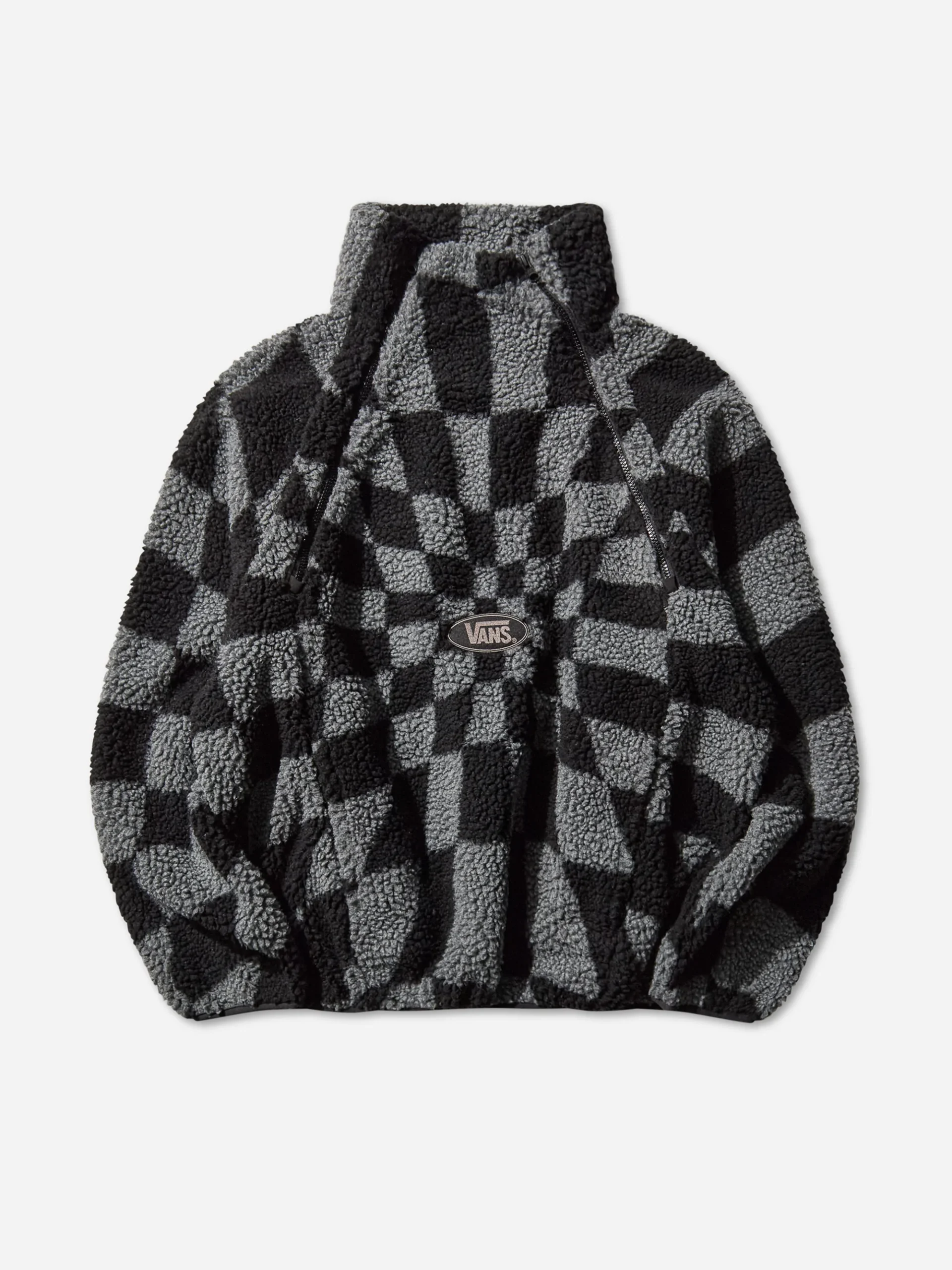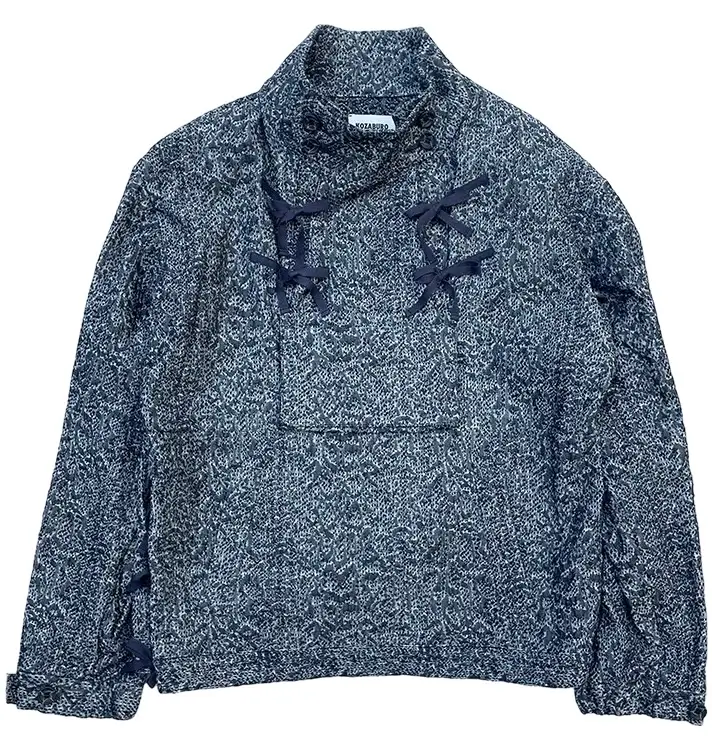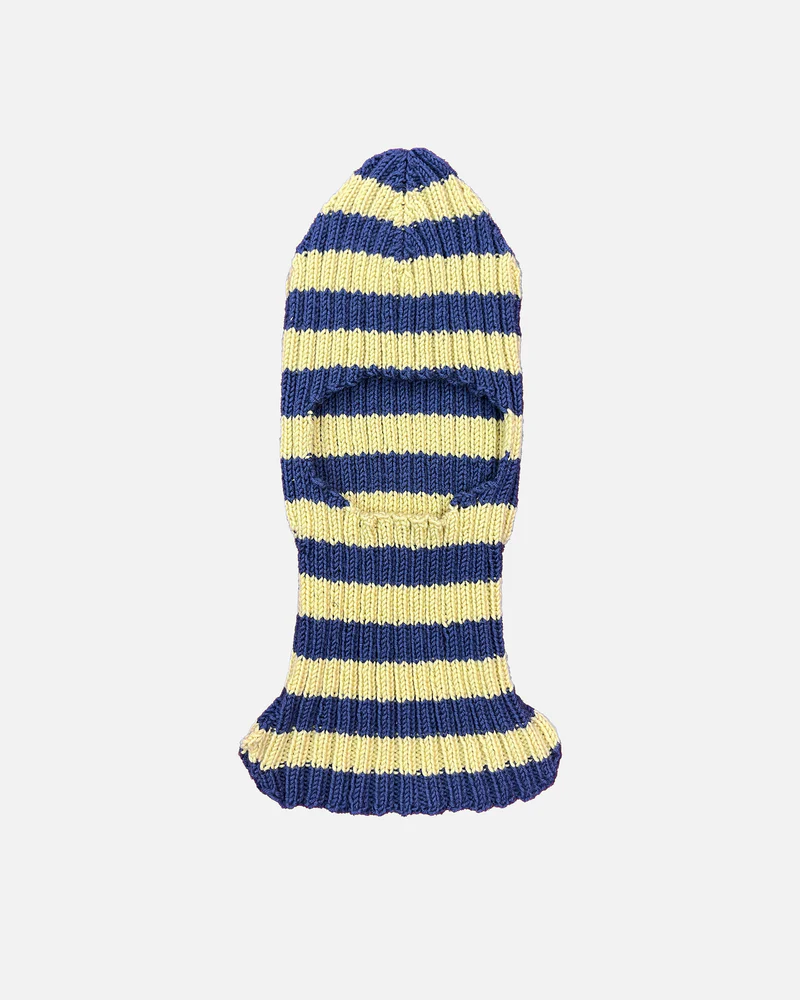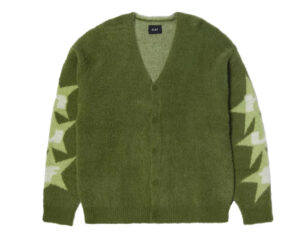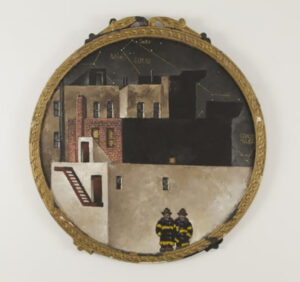In an age where climate unpredictability governs how we live, travel, and dress, the role of rainwear has moved far beyond utility. What was once an afterthought—a purely protective layer thrown over outfits in times of need—has become a category defined by design intelligence, innovation, and cultural fluency. At the intersection of form and function stands Rains, the Danish outerwear brand whose Core Collection for 2025 represents not just a technological evolution in protective apparel, but a quiet revolution in fashion minimalism.
Rains and the New Vocabulary of Weatherwear
Born in Denmark—where rainfall averages over 170 days per year—Rains was founded in 2012 with a vision: to reconceive the traditional rubber raincoat through the lens of Scandinavian minimalism. While the brand’s early collections focused on functional reinterpretations of nostalgic silhouettes, its trajectory has since accelerated toward a design-driven, unisex philosophy where protection, performance, and purity coalesce.
The Core Collection is the culmination of that philosophy. Released seasonally but with timeless continuity, it serves as the brand’s blueprint—an evolving DNA of its essential values. It’s where fabric technology, architectural tailoring, and a nearly silent aesthetic converge to articulate a language that speaks to both urban survival and aspirational clarity.
Material as Manifesto: Signature Coated Fabrics
The foundation of every Rains piece lies in its signature polyurethane-coated fabric—a waterproof textile with a matte finish that is both lightweight and tactile. This proprietary material not only resists rain and wind but also maintains a supple drape, allowing garments to contour naturally over the body. It is a fabric that does not crinkle or stiffen in cold climates, enabling movement with softness rather than rigidity.
These fabrics are engineered to 4000mm waterproof rating—achieved through ultrasonic-welded seams and robust lamination. They also remain windproof, repelling gusts with the same commitment as they deflect raindrops. And while protection is paramount, breathability is not sacrificed. Laser-cut eyelets, concealed ventilation panels, and mesh linings are seamlessly embedded to regulate airflow and internal temperature, preventing the clammy discomfort often associated with impermeable outerwear.
The material becomes a statement not only of resistance—but of refusal. It refuses bulk. Refuses noise. Refuses obsolescence.
Silhouette and Structure: The Architectural Turn in Outerwear
In the Core Collection, silhouette is everything. Rains eschews overt branding and elaborate detailing in favor of tailored geometry—modular jackets, tapered rain pants, elongated parkas, and fluid shell coats with draped hoods that channel architectural purity. Here, the garment is no longer a passive object but a mobile structure, performing as both shelter and sculpture.
Key Pieces:
- The Long Jacket: A contemporary redesign of the traditional raincoat, extended for greater coverage and featuring snap fastenings, adjustable cuffs, and slanted welt pockets.
- Storm Breaker: A dynamic cut inspired by sportwear, with a fishtail hem, integrated drawstring hood, and two-way aqua guard zipper.
- The Pants Series: Lightweight, straight-legged waterproof trousers with elastic waistbands and adjustable hems—designed for seamless layering and easy transit.
Each piece is intentionally gender-neutral, stripped of superfluous codes. What remains is a silhouette that glides—clean, neutral, and quietly exacting.
Color as Climate: The Monochrome Aesthetic
If Rains’ form is minimal, its color theory is even more so. The Core Collection is draped in a muted spectrum of monochromatic hues—Storm Gray, Black, Slate, Olive, and Earth—designed not to dominate the environment, but to dissolve into it. These tones create an atmosphere of visual calm, echoing the moody skies and industrial architecture of Nordic cities.
This muted color palette also aligns with Rains’ philosophy of seasonless design. Unlike traditional fashion houses that chase seasonal palettes and fleeting patterns, Rains commits to color permanence—a move that prioritizes longevity and wardrobe integration. In doing so, it invites its wearer to build a modular, adaptive wardrobe, where pieces from any year coexist naturally.
Function as Ritual: The Ethos of Practical Sophistication
For Rains, function is not a compromise—it is an ethic. Each detail in the Core Collection is designed for everyday rituals: the commute through mist, the afternoon downpour, the evening cycle ride. But unlike technical outerwear brands that advertise aggression—bristling with toggles, GORE-TEX seams, and avalanche specs—Rains opts for quiet innovation.
Consider the ventilation system: hidden under back yokes or along side seams, it is designed to breathe without exposing. Or the snap closures, minimal and intuitive, providing fast access in a sudden shower. The garments are packable, too—able to be folded into travel bags without losing form, weightless enough to carry without burden.
The result is outerwear that honors the ritual of dressing for the elements—not as an emergency measure, but as a conscious, intelligent act.
Minimalism in an Age of Maximum Excess
Minimalism, when handled with intention, becomes more than an aesthetic—it becomes a protest. In a fashion economy overrun by seasonal churn and logo culture, Rains’ Core Collection stands as a monastic rebuttal. It refuses volume for volume’s sake. It denies trend in favor of endurance.
This philosophy resonates especially with the urban nomad—the contemporary professional who moves through concrete landscapes with a sense of fluidity and precision. For them, fashion is not a costume—it is gear. And Rains provides that gear with tact, elegance, and restraint.
Moreover, as sustainability becomes non-negotiable, minimal design and durable construction are no longer aesthetic decisions—they are ethical imperatives. By producing garments that are modular, recyclable, and built for multi-year use, Rains avoids the pitfall of greenwashing through rhetoric alone. Their approach is systematic, not cosmetic.
Culture: From Copenhagen to Seoul, London to Tokyo
While its DNA is distinctly Danish, Rains’ Core Collection has found global relevance. In Seoul’s minimal fashion districts, Rains is a common sight among creative professionals. In Tokyo, the line’s sleek modularity syncs perfectly with the city’s blend of futurism and tradition. London, with its near-constant drizzle, adopts Rains as a staple—one that bridges the gap between fashion week and weekday.
Even in Los Angeles, where rain is scarce but status is currency, Rains has found a clientele drawn to its quiet luxury. The brand’s refusal to flash logos or signal trendiness has paradoxically made it a fashion insider’s favorite—worn by stylists, designers, and creatives who eschew spectacle.
The Future of Rainwear: Rains as Prototype for Adaptive Fashion
As climate change reshapes global weather patterns, the future of fashion is increasingly one of adaptability and purpose. In this context, Rains doesn’t just offer a collection—it offers a prototype. One where aesthetics and performance are not at odds, but aligned.
Imagine a wardrobe where every piece serves a dual purpose: shield and signature. The Rains Core Collection models that possibility. It’s not about what the weather will do, but about how the clothing responds—intelligently, sustainably, beautifully.
No comments yet.


